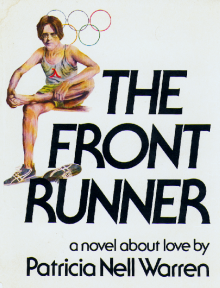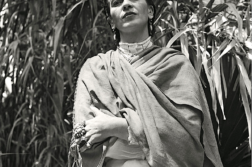LAST YEAR, editor Tom Cardamone with his new imprint the Library of Homosexual Congress at Rebel Satori Press reissued gay writer Allen Barnett’s classic collection of short stories, The Body and Its Dangers and Other Stories. Barnett died in August of 1991 of AIDS-related causes, just a year after his collection was published. He was only 36 years old, but in his short lifetime he had become a tireless gay activist, an AIDS educator, and a promising writer.
Barnett originally came to New York to be an actor. During the 1980s, he was part of the gay scene as an activist helping to found GLAAD (orig. the Gay & Lesbian Alliance Against Defamation) and was an educator at Gay Men’s Health Crisis (GMHC). In 1979, he was accepted into Columbia University’s prestigious MFA Writing Program, where he studied with Elizabeth Hardwick, Daniel Halpern, and Manuel Puig. He published his first short story “Succor” in Christopher Street in 1986. Herbert Breslin had forwarded his stories to Michael Denneny, the famous gay senior editor at St. Martin’s Press. Soon after Barnett’s “Philostorgy, Now Obscure” appeared in The New Yorker in 1990, St. Martin’s published The Body and Its Dangers and Other Stories. The book won a Ferro-Grumley Award and a Lambda Literary Award for Gay Fiction in 1991.
In 1987, I first met my husband Howard Frey, who invited me to Fire Island that summer. It was my first time at the Pines. Arriving in jeans and carrying a duffle bag, I looked up, and suddenly in front of the Pavilion appeared this suntanned man, shirtless, slender, wearing cutoff jeans. He had the smoothest skin I had ever seen. His body was lean and not overdeveloped like all the steroid-muscle guys who reigned supreme. His ears were elfish and his face intelligent, his head a perfect oval and covered with short hair. He sported the faint stubble of a pale red beard. It was a queer look that was years before its time, as the style back then was still long hair and beards coming off of the 1970s.
Walter Holland is the author of four books of poetry and one novel, The March.







